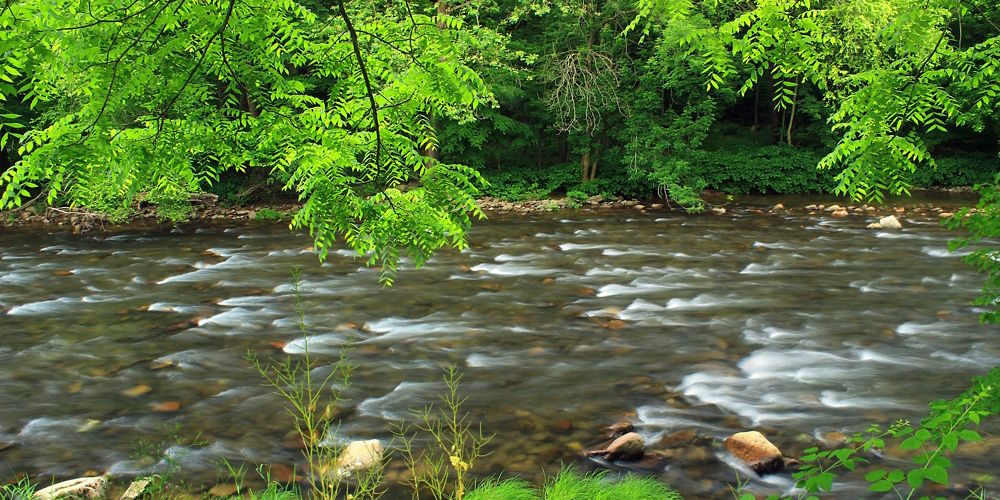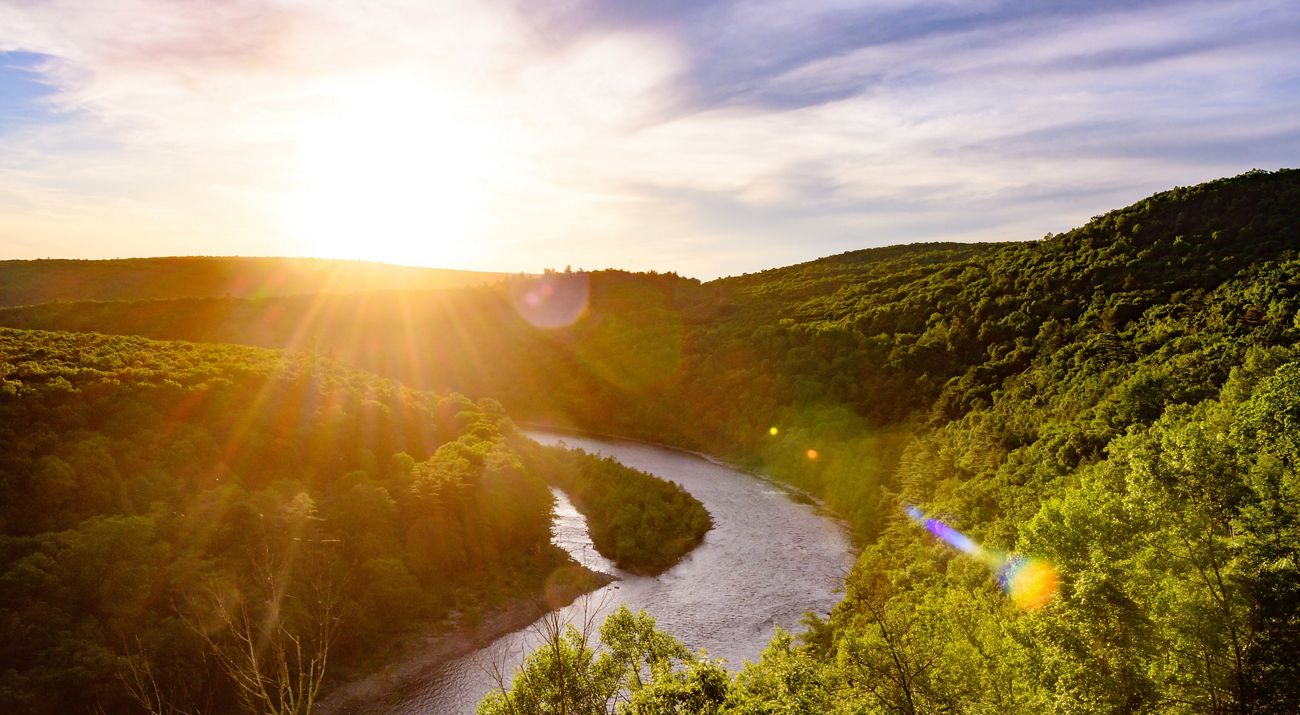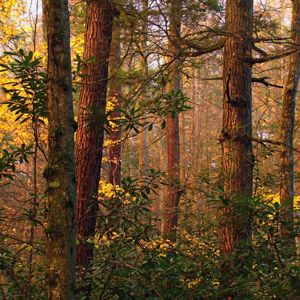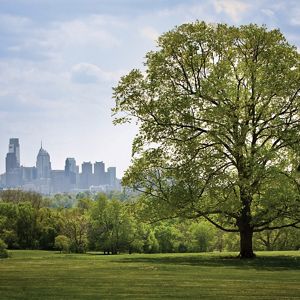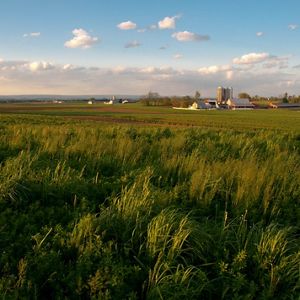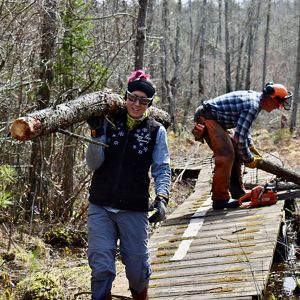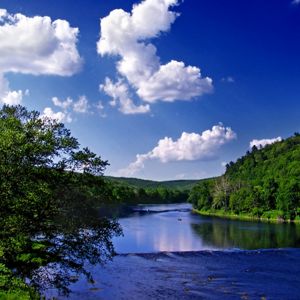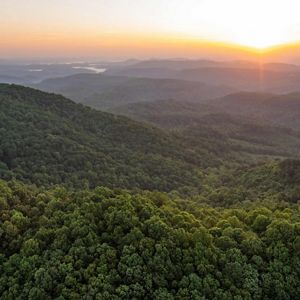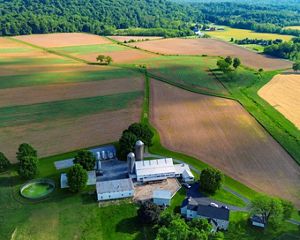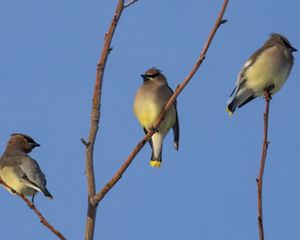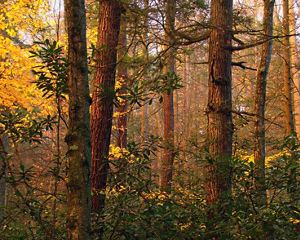Think Global, Act Local
Sign up to receive monthly conservation news and updates from Pennsylvania. Get a preview of Pennsylvania's Nature News email.
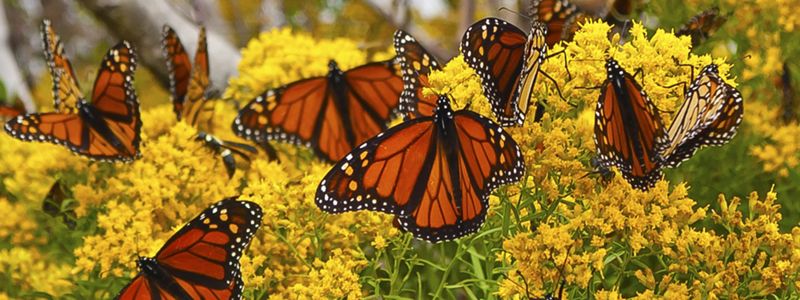
More from Pennsylvania
Learn more about our team and TNC's work across Pennsylvania
Meet some of the people who are working to create lasting solutions in Pennsylvania and around the world.
Contact our team of 50+ staff members dedicated to making a difference in Pennsylvania.
There is more than one way to volunteer for TNC in Pennsylvania. Find upcoming events and ongoing volunteer opportunities.
Download our latest newsletter featured in the Summer 2025 Nature Conservancy magazine.
Explore our publications and watch highlights from our presentations and webinars.
Click here to apply for permission to conduct research or another special activity on a TNC Preserve.
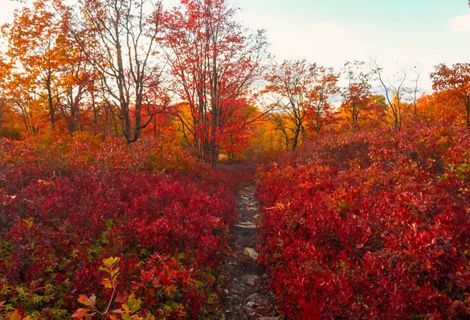
2024, A Year of Conservation Results.
2024 was an important year for conservation. Explore some of our conservation wins and projects in Pennsylvania.
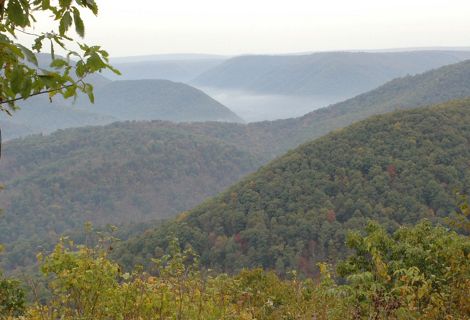
Places We Protect
From dense forests to flowing rivers, explore our nature preserves across the state of Pennsylvania.
Support Pennsylvania Nature
Make a Lasting Impact
You have the power to make a difference for Pennsylvania and for our planet. Your support will help fund groundbreaking science and conservation that help us protect nearly 100,000 acres of land across Pennsylvania.
